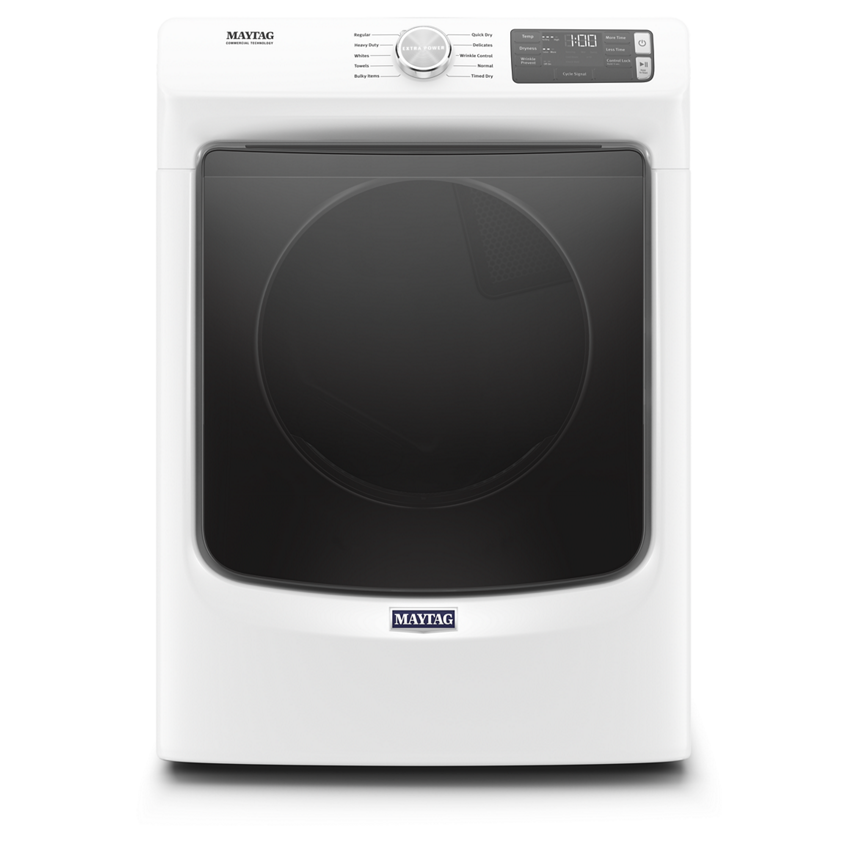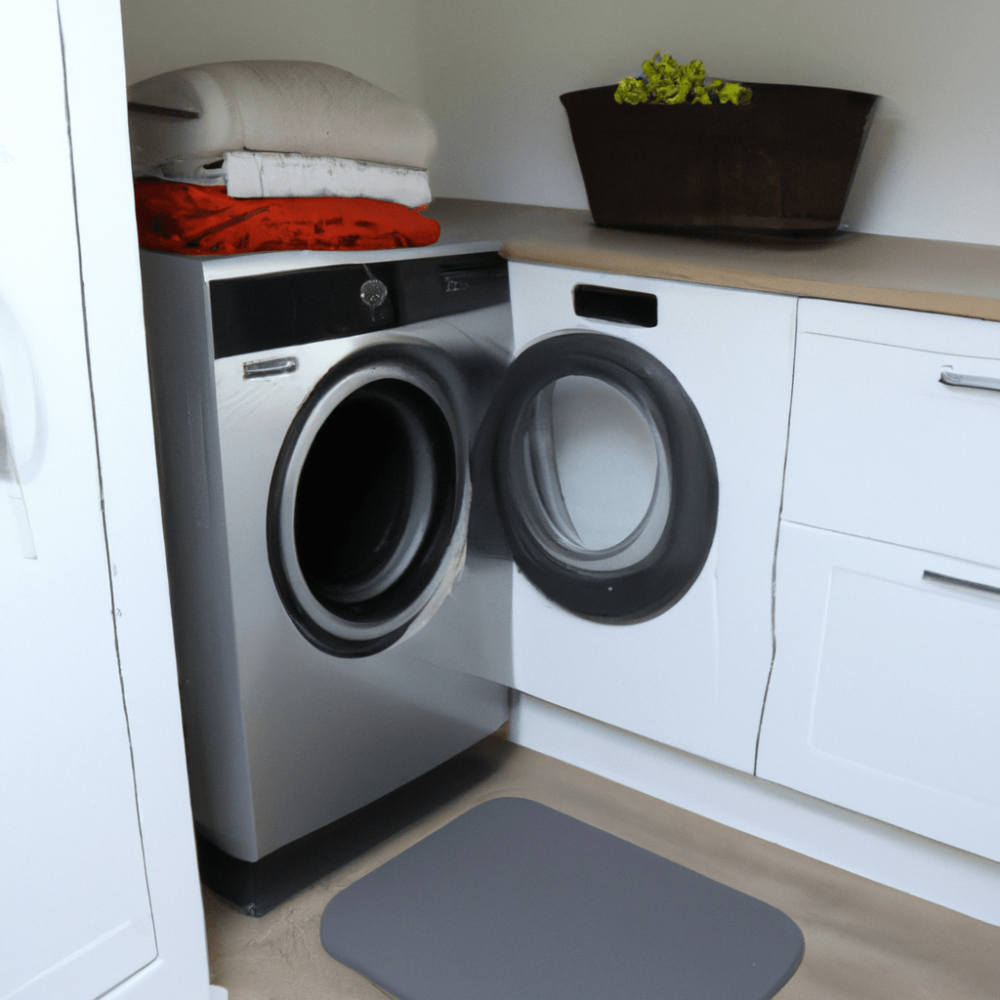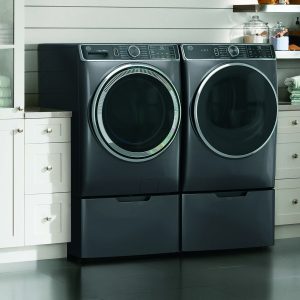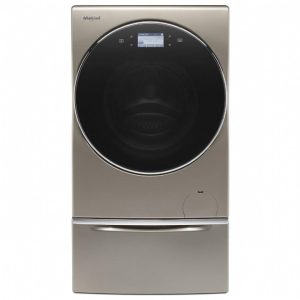Fixing an Overfilling Washer: Common Causes Explained
Introduction to Overfilling in Washing Machines
Having a washing machine fill up with water when it’s off can be puzzling and worrisome. This malfunction often means more than just a laundry setback. It points to underlying issues that can lead to water waste and possible home damage. Understanding what causes a washer to overfill is essential. It helps to tackle the problem effectively and prevent future occurrences. There are several common culprits behind this issue. These include a faulty water inlet valve, a compromised water level switch, and others. By identifying and understanding these components, you can assess the washer. You can determine why your appliance is acting up. Timely repairs can save you from costly damage and restore your washer’s functionality. In the sections to follow, we’ll delve into the specifics of each potential cause of overfilling. We will offer insights into how to diagnose and fix them safely.

Diagnosing the Water Inlet Valve
When you find your washing machine filling up with water while it’s off, the water inlet valve might be at fault. This valve is crucial as it controls the flow of water into your washer. If defective, it could remain open, causing continuous filling. Here’s a step-by-step guide to diagnosing the valve:
- Start Your Washer: Let your washing machine begin its filling cycle.
- Cut the Power: While it fills, unplug the washer from the power outlet.
- Observe the Outcome: If water keeps entering the washer, the inlet valve likely isn’t closing as it should.
If the water stops, the valve might not be the issue. However, if the problem persists, a replacement valve may be necessary. Besides sticking, the valve can suffer from blockages or physical damage. Inspect it for debris or signs of wear and consider clearing any obstructions you find. Testing the valve with a multimeter also helps to determine if the solenoids are working correctly. Remember, every washer model can have unique specifications, so refer to your manual for the right measurements during testing.
Note: Before attempting any diagnostics, ensure your washer is turned off and unplugged. Prepare to deal with any water spillage by having towels at hand. The above steps can help pinpoint the cause behind why your washing machine is filling up with water when off. If the inlet valve diagnosis confirms a fault, proceed with caution or seek professional help for replacement.
Understanding the Water Level Switch’s Role
The water level switch is a key player in your washer’s operation. It tells your machine when there’s enough water. The switch controls power to the water inlet valve. When working, it fills the tub then tells it to stop. If it’s broken, your washer keeps filling. This is a common cause of overfilling. You can test the switch with a multimeter. Look for continuity, and if you find it, the switch isn’t the issue. But if you don’t, it might be stuck. This means it needs replacing. Check the manual for guidance on your specific washer model. If you’re unsure, it’s safer to call an expert. They can replace the switch right and prevent more overfilling.
The Importance of the Water Level Switch Pressure Hose
The water level switch pressure hose is a small but crucial part of your washing machine. It plays a vital role in preventing overfilling. The hose connects the water level switch to the tub of your machine. As the tub fills with water, the air pressure in the hose increases. This pressure signals the switch to stop the water flow. If this part has issues, your washer won’t stop filling when it should.
Here are the steps to check the pressure hose:
- Inspect the Connection: Ensure that the hose is securely attached to the switch and tub.
- Look for Clogs: Disconnect the hose and check for blockages inside. Clearing these might solve the problem.
- Test for Holes: A hose with holes can lose pressure, causing overfilling. If you find any, replace the hose.
- Avoid Kinks: When reattaching, confirm that the hose has no bends that can restrict air flow.
If you still have issues with overfilling after checking the pressure hose, there could be other factors at play. These may include problems with the water inlet valve, water level switch, or even with the main control board. It’s crucial to address these to ensure your washing machine operates safely and effectively.
Remember, regular checks are important. They can prevent overfilling and keep your washing machine running well. If you’re unsure about any steps, don’t risk water damage. It might be time to call a professional for help.
 The Impact of Water Pressure on Washer’s Performance
The Impact of Water Pressure on Washer’s Performance
Water pressure plays a crucial part in how well your washing machine functions. If pressure is too low, the water inlet valve may not shut off right. This can lead to your washer overfilling and cause potential water damage. To prevent this, it’s important to make sure your home water pressure meets your washer’s needs. Here’s what you need to know about the role of water pressure:
- Check the Washer’s Requirements: Review your washer’s manual for the ideal pressure settings.
- Inspect the Filters: Clogged filters in the water inlet valve could drop the pressure. Check and clean them if needed.
- Assess Your Home’s Pressure: If filters aren’t the issue, your home’s water pressure might be low.
- Call a Professional: Uncertain about your water pressure? A plumber can measure and adjust it.
Maintaining the right water pressure is vital for your washer’s performance and to avoid overfilling. If you’ve covered all other causes and your washer is still overfilling, low water pressure could be the problem. Don’t overlook this aspect when troubleshooting an overfilling washing machine.
Investigating the Main Control Board
The main control board in your washing machine is like the brain of the appliance. It oversees all operations, from timing cycles to triggering the various functions. When troubleshooting a washer that overfills, don’t overlook this critical component. A flawed main control board can miscommunicate with other parts, such as the water inlet valve or the water level switch. This may cause your machine to keep filling with water when it should stop.
To inspect the main control board:
- Look for Visible Damage: Check the control board for signs of burns or disconnected wires. Such damage can disrupt function.
- Watch for Inconsistencies: If the washer sometimes operates correctly and other times overfills, this may point to a control board issue.
- Seek Professional Assessment: Checking the control board may require technical know-how. It’s best to call an expert if unsure.
If the control board is at fault, it could send continuous power to the water inlet valve, causing the overfilling. While it’s a less common problem, it’s an important one to diagnose. Remember that dealing with electronic components can be complex. This is a task often best left to trained technicians. They know how to handle the intricacies of appliance repair safely and accurately.
After checking all other components, if the main control board is suspect, professional evaluation is the safest course of action. It’s key to ensuring the repair is done safely and your washing machine returns to its optimal performance.
Precautions Before Repairing Your Washer
Before you attempt to repair an overfilling washing machine, safety must be your top priority. Here are key steps to keep in mind to prevent accidents and further damage to your appliance:
- Turn Off the Washer: Ensure the machine is completely off. Unplug it from the power outlet to avoid electric shock.
- Stop the Water Supply: Shut off both hot and cold water valves. This stops more water from entering the machine during repair.
- Drain Excess Water: Run a spin cycle if possible, or manually remove excess water to avoid spills and potential water damage.
- Prepare for Water: Keep towels or a bucket handy to catch any water that might spill out when you’re working on the washer.
- Move with Caution: Be mindful of your surroundings to avoid slipping or tripping over tools or spilled water.
- Review the Manual: Check your washer’s user manual for specific safety warnings and instructions related to your model.
Bear in mind these precautions to ensure a safe and successful repair attempt. If you feel uncertain at any point, remember that calling a professional is always the best option to avoid risk and ensure the job is done correctly.
 When to Call a Professional for Washer Repair
When to Call a Professional for Washer Repair
Even the most competent DIY enthusiast may encounter situations where professional help is needed for washer repair. If you find your washing machine filling up with water when off, and you have attempted the troubleshooting steps mentioned above without success, it’s time to call a professional. Here are signs indicating when to seek expert assistance:
- Complexity Beyond Comfort: If the repair involves electrical components, and you’re not confident in your skills, don’t risk it.
- Repeated Issues: When the same overfilling problem occurs after you’ve tried to fix it, a deeper issue might exist.
- No Continuity in Tests: If multimeter tests on the water inlet valve or water level switch indicate no continuity and you’re unsure how to proceed, call an expert.
- Visible Damage: Should you spot any burn marks, disconnected wires, or complex damage to the control board or other parts, professional assessment is crucial.
- Safety Concerns: Always prioritize your safety. If there’s any doubt or concern about safely conducting the repairs, seek professional help.
- Warranty Preservation: Attempting repairs yourself can sometimes void your washer’s warranty. Check your user manual and, if in doubt, consult with a professional to maintain warranty coverage.
A qualified technician has the tools, knowledge, and experience to diagnose and rectify the issue efficiently. They will ensure that your washer is fixed without causing further damage. By calling in a professional, you gain peace of mind knowing that your appliance is in good hands, and you avoid potential risks associated with DIY repairs.

